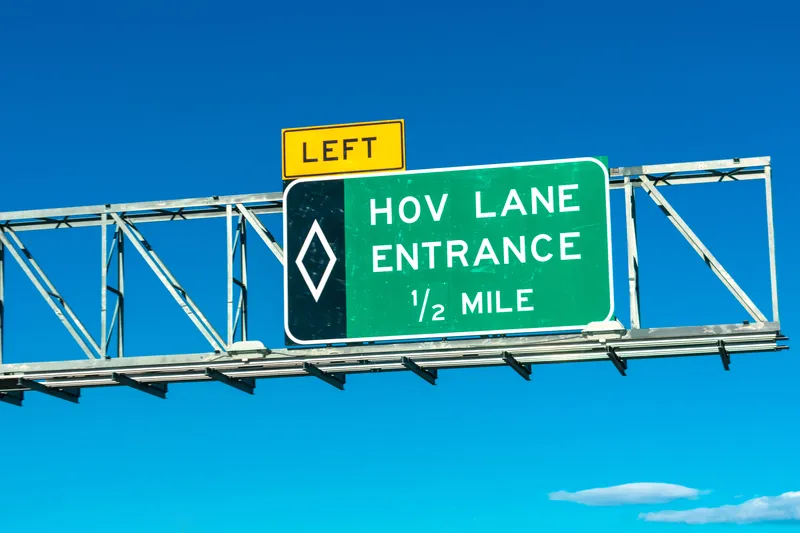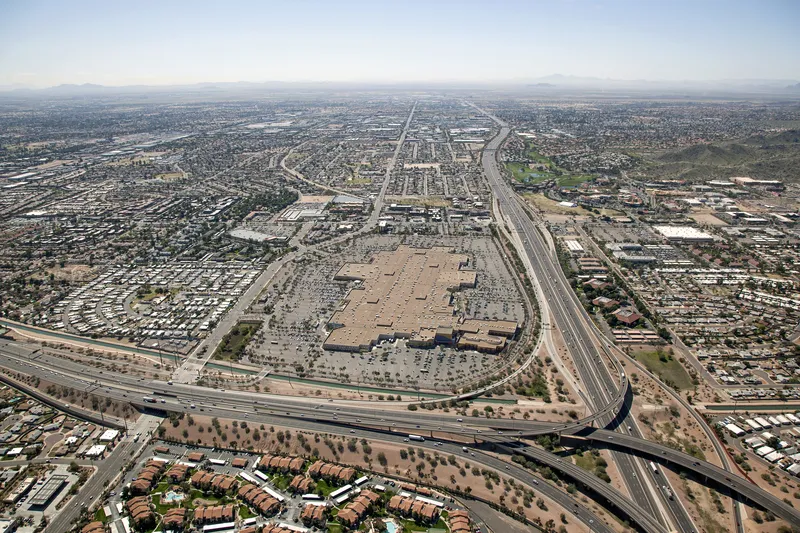
New carpooling lanes are to be set up in the US state of Michigan along a stretch of I-75. The move is intended to help address congestion problems for the city of Troy.
These will be the first carpooling lanes in Michigan and are being built in a project being managed by the Michigan Department of Transportation (MDoT).
The high-occupancy vehicle (HOV) lanes are being in each direction on I-75 between 12 Mile Road and South Boulevard along a 22.4km stretch in Oakland County. The HOV lanes require at least two human occupants inside the vehicle when used on weekdays between 6-9am and 3-6pm.
The exception is motorcycles, transit buses and police and emergency vehicles. Outside of those designated weekday hours the lane is available for all motorists, regardless of the number of occupants.










